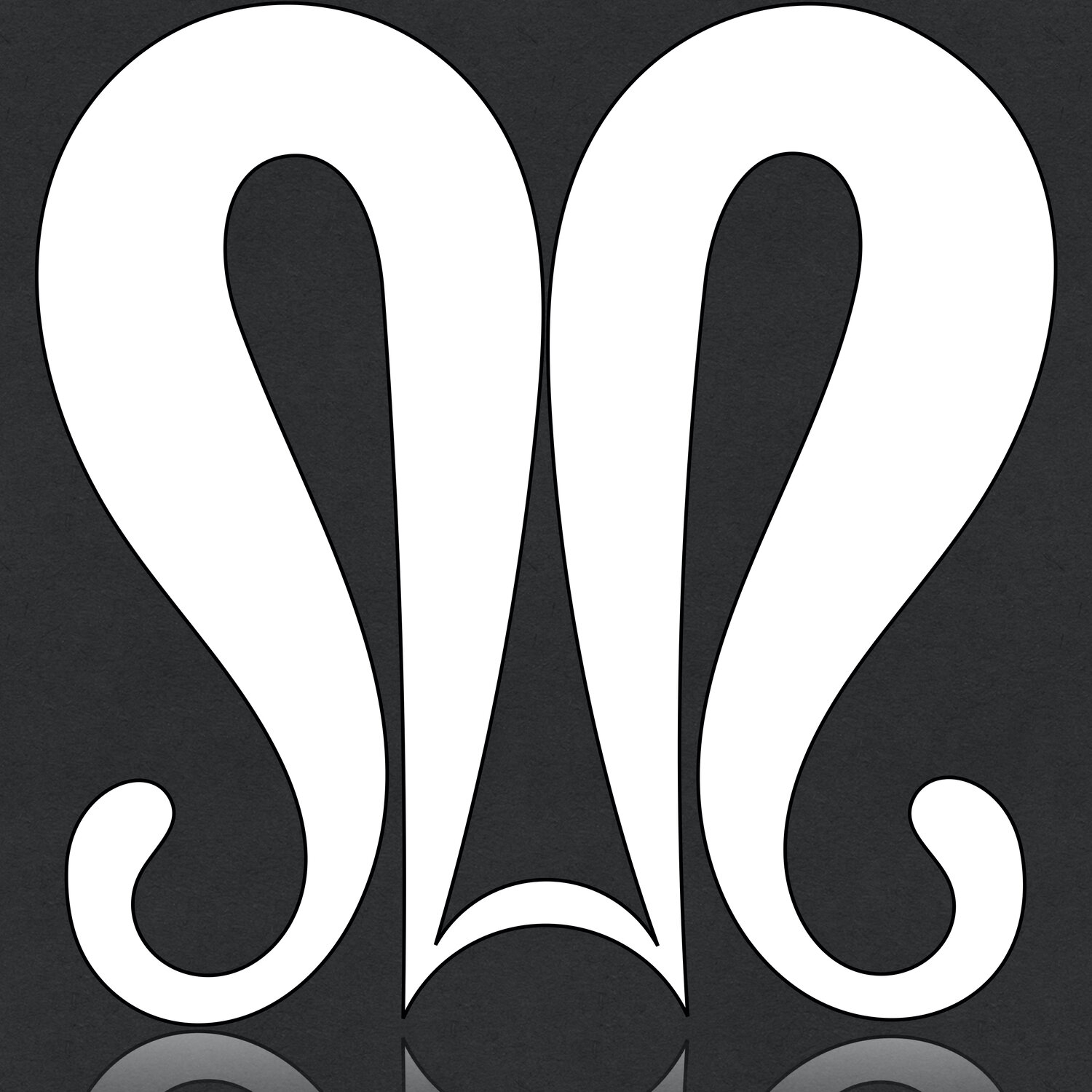CONTINENTAL VS. ENGLISH KNITTING: WHICH IS BEST FOR YOU?
The hand position for English-style knitting
English or Continental? It’s a common question asked in personal and professional knitting circles. If you’re a beginner, learning the difference between the two forms can be a little confusing and each style has their own strengths and weaknesses.
English Knitting
English Knitting is a term used to describe a technique when the yarn is carried by the right hand. Other terms for English knitting are known as right-handed knitting or throwing. This style is the most common form you’ll see in hobby knitting and is usually the first form that beginners learn.
PROS TO ENGLISH KNITTING
English knitting is a very simple form to learn in the beginning, and if it’s your right hand that’s dominant it may come naturally to you. English knitting can also give you great control over the tension of your yarn, since your fingers are throwing the yarn instead of carrying it.
CONS TO ENGLISH KNITTING
While English knitting is the most simple form to learn, there are some pitfalls you should look out for when mastering it. If you aren’t careful with your posture or with the position of your hands, you can end up with a sore back or cramped fingers. English knitting can also be clumsy if you’re not careful with hand placements.
Continental Knitting
The hand position for continental knitting
Continental knitting is a term used to describe knitting when the yarn is being led by the left hand. It can also be called German Knitting, European Knitting (due to its origins in Europe) or picking.
PROS TO CONTINENTAL KNITTING
Many knitters would argue that continental knitting has the potential to be the fastest way to knit due to the hooking method used by the working needle. When mastered, continental knitting can be a great method to quickly make garments. It’s also a good technique for knitters that have a dominant left hand.
CONS TO CONTINENTAL KNITTING
Like any hand-heavy hobby, you can hurt yourself while knitting if you give no forethought or care for your body. While continental knitting is less stressful on the fingers than English knitting, you can hurt your wrists if you’re not using a proper posture. Continental knitters can also suffer from Repetitive Stress Injury Syndrome along the knuckles and the forearms after long periods of knitting.
Combined Knitting
Combined Knitting is a straight-forward term. It’s used to describe knitting with two or more yarns, all of them being balanced between the left and right hands while knitting. Advanced knitters will use this technique while knitting in color way and often in Faire Isle knitting.
Pros to Combined Knitting
If you’re working in color way or Faire Isle, combined knitting makes the process much faster compared to English or Continental knitting. If you plan to be an Industrious Knitter, having this method in your arsenal will make your life much easier and you can produce more garments in varying forms and complexities.
Cons to Combined Knitting
As an advanced technique, there are a few downsides to working in combined knitting. It takes a while to make the initial setup for your color work and it takes a lot of practice to master your tension between the colors on separate hands. For some, mastering the purling technique with combined knitting can be a frustrating prospect. Do not fear though: once you become comfortable with the form you’ll be flying across your rows with multiple colors.
Speed Knitting and The Fastest Knitters in the World
Just because you knit, doesn’t mean you have to be slow. It doesn’t matter which technique you use either, because you can still knit quickly and easily with any or all of them. If you’re looking to get faster at this craft, there are plenty of videos online to teach you how. They also make great exercises for your hands if you need to warm up before sitting down to knit for long periods of time.
With speed knitting, there is also a level of competitive knitting that can be seen from around the world.
Enter Hazel Tindall and Miriam Tegels. In 2017 Hazel was recognized as the fastest English style knitter by Nation’s Fastest Knitter (a joint event hosted by the UK Hand Knitting Association and by The International Children’s Heart Foundation in 2017). Her long history with Faire Isle Knitting and her love of knitting shows through in her video and on her website.
Miriam Tegels is known as the quickest continental knitter in the world. In 2007 she was recognized as the fastest knitter by The Guiness Book of World Records. She was also awarded by The Guinness World Records for her participation in the ‘Sheep to Jumper’ competition with Team Groenewoud in May 2017 by knitting a jumper (pullover for Americans) in less than 5 hours. When she’s not competing, she hosts a yearly knitting retreat called “Knitting in Nature” located in Central Limgburg in the Netherlands.
Whether you’re knitting for fun, sport, or work, it is imperative to pick the best technique for the project and for your health. Regardless of how you knit, you should feel the love as you do it.
As always, happy stitching!


